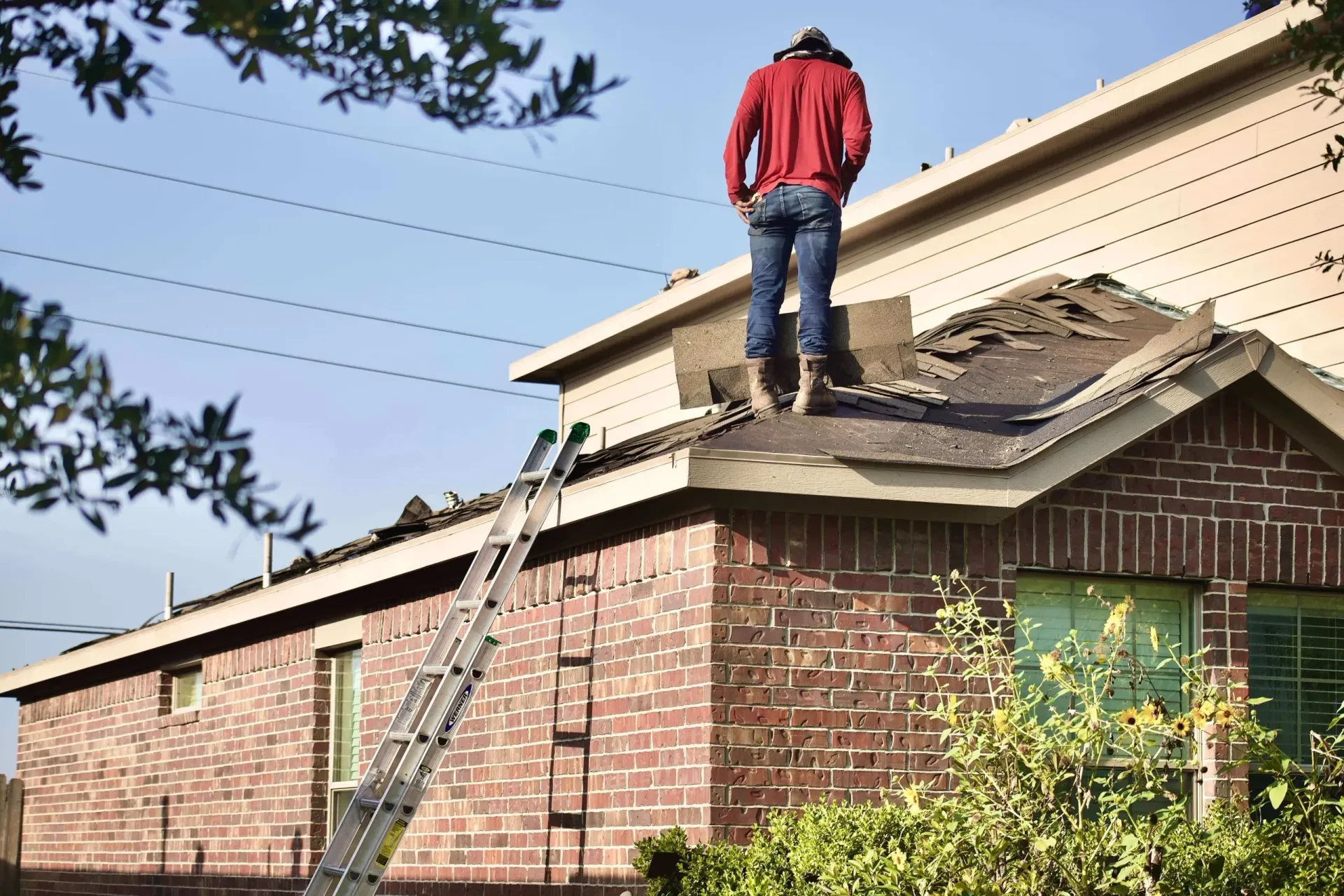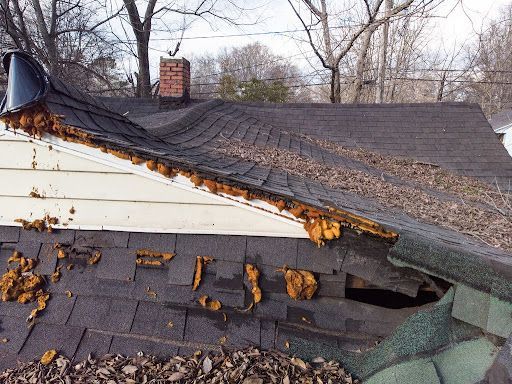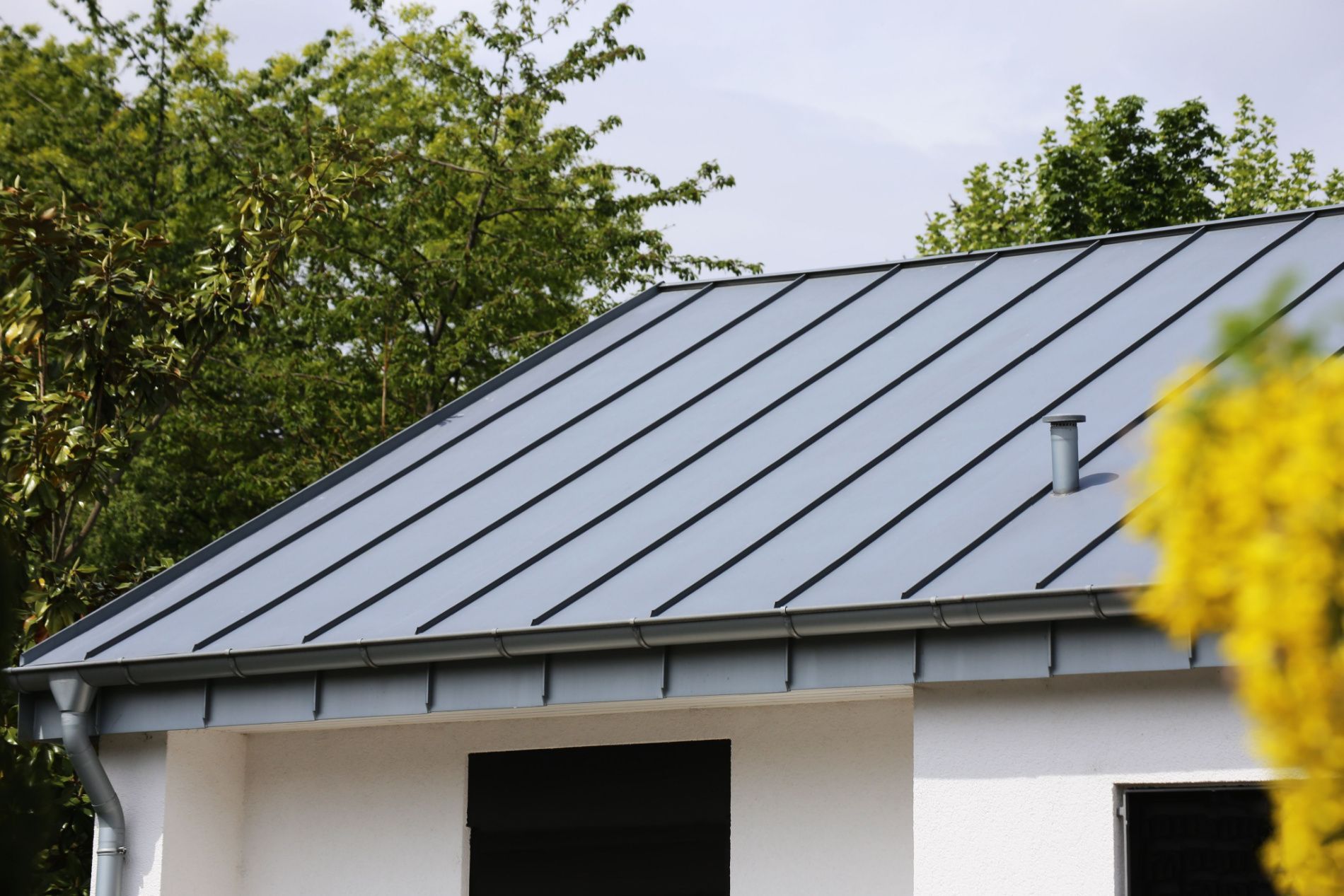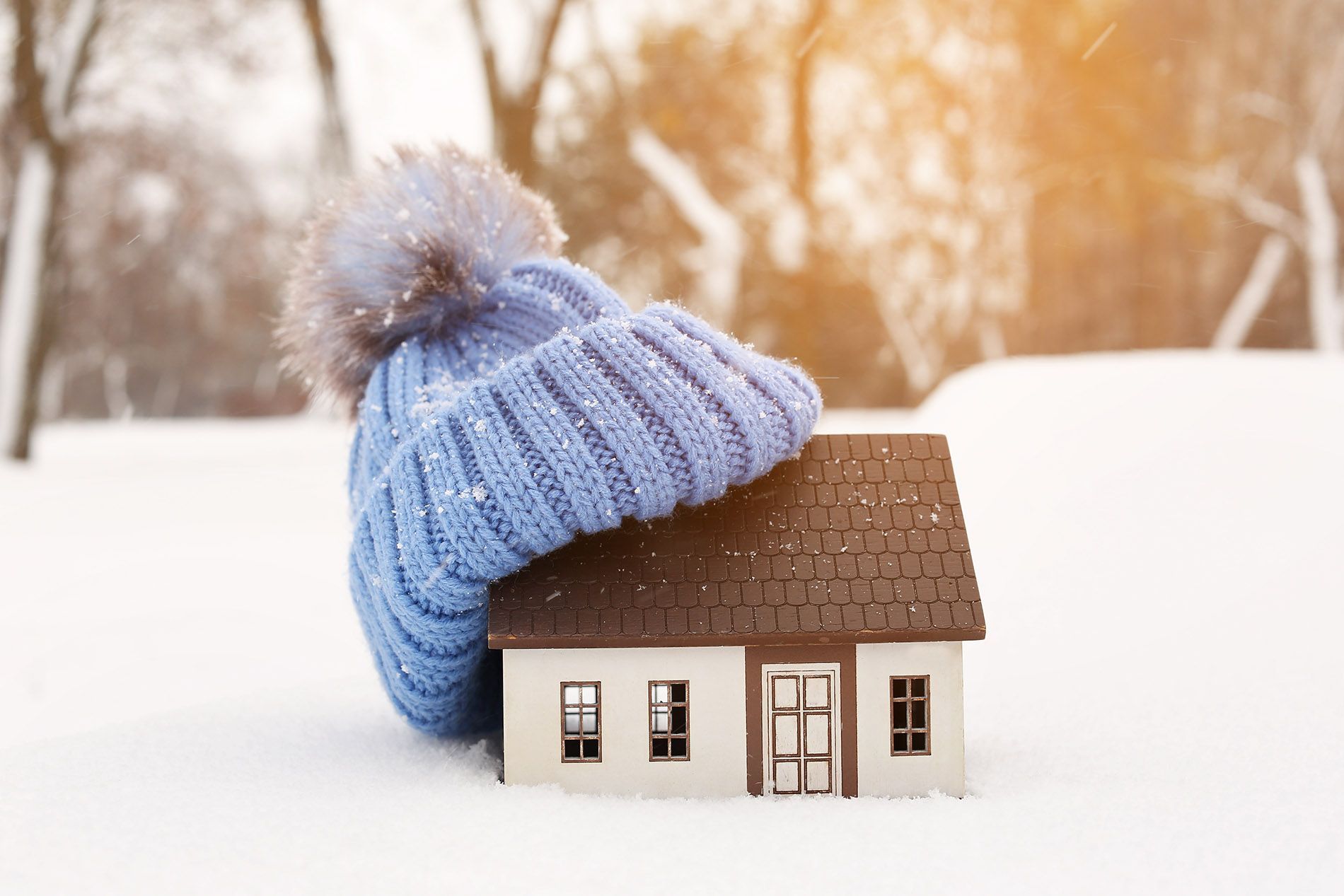Recent Central Texas Storms: What You Need to Know
When a severe Central Texas storm rolls through your area, like the one we saw on September 24th, it can unleash its fury and leave a trail of damage in its wake. From heavy rain and strong winds to pounding hail, these elements can take a toll on your roof. As a homeowner, it’s crucial to understand the potential impact of recent storms on your roof and how to assess any damage that may have occurred.

Missing or Damaged Shingles, Leaks, and Cracked Roof Tiles
After a storm, it’s essential to inspect your roof for visible signs of damage. Start by looking for missing or damaged shingles. High winds or
hail damage roof repair
can dislodge shingles or cause them to crack, leaving your roof vulnerable to leaks. Check for leaks in your attic or ceiling, and inspect your roof tiles for cracks or breaks caused by the impact of hail or debris.
Dented Gutters, Water Stains on Ceilings, and Sagging Areas
In addition to visible roof damage, there are other indicators to watch out for after a storm. Check your gutters for dents or cracks caused by falling branches or hail. Damage to your gutters can impede proper drainage, leading to water accumulation on your roof. Water stains on interior ceilings or walls can suggest roof leaks that need immediate attention. Lastly, be vigilant for any sagging areas on your roof, as this can be a sign of structural damage requiring prompt repairs.
Getting A Professional Assessment After a Storm
While it’s essential to conduct your own visual inspection, a professional assessment is crucial to ensure a thorough evaluation of your roof’s condition. Even if you don’t notice any visible signs of damage, there may be underlying issues that only a trained eye can spot. A roofing expert will examine your roof for hidden damage, such as weakened areas, compromised flashing, or structural issues. Timely inspection can prevent minor problems from escalating into major repairs or even a full roof replacement.
After experiencing severe storms in Central Texas, it’s crucial to act swiftly and address any roof damage promptly. By identifying visible signs of damage, scheduling a professional inspection, and paying attention to other indicators such as dented gutters and sagging areas, you can avoid costly repairs and protect your home from further damage. The experts at Reliable Roofing are here to assist you in assessing and repairing storm damage, ensuring the longevity and durability of your roof.
The Dangers of Ignoring Storm Damage
When it comes to storm damage to your roof, ignoring the problem can lead to serious consequences, even if the damage seems minor or barely noticeable.
Potential Consequences of Ignoring Roof Damage
- Mold Growth: Storm damage, such as leaks or cracks in your roof, can allow water to seep into your home. Over time, this excess moisture can create the perfect environment for mold growth. Mold not only damages your property but also poses health risks to you and your family.
- Structural Deterioration: Roof damage, if left unattended, can worsen over time. The integrity of your roof may be compromised, leading to weakened support structures and potential collapse, and untreated water infiltration can even damage the underlying structure of your home, including walls, ceilings, and insulation.
- Increased Repair Costs: Minor damage can escalate and necessitate major repairs or even a complete roof replacement. By neglecting roof damage, you may end up facing much higher costs in the long run.
Insurance Considerations
Reviewing your homeowner’s insurance policy after a storm is crucial. Many policies have specific timeframes within which you must report and file a claim for storm damage. Failing to do so in a timely manner could result in denial of coverage.
Here are some insurance considerations to keep in mind:
- Review Your Policy: Familiarize yourself with the terms and conditions of your policy. Understand what is covered under your policy and what documentation may be required for a successful claim.
- Document the Damage: Take photos and videos of the storm damage to provide evidence for your insurance claim. Keep records of any repair estimates, invoices, or other relevant documentation.
- File a Claim Promptly: Contact your insurance provider as soon as possible to report the damage and initiate the claims process. Adhering to the deadlines specified in your policy can help ensure that your claim is processed smoothly.
Safety Precautions
Before addressing storm damage, your safety and the safety of your family should be the top priority. Here are some safety precautions to follow:
Assess the Exterior: Inspect your roof for any visible signs of damage from the ground. Look for missing or displaced shingles, sagging areas, or any other noticeable issues. Avoid climbing onto the roof yourself, as it can be dangerous and further damage the structure.
Secure the Area: If you notice any loose or hanging components, such as broken branches or debris, secure them or remove them carefully. This will prevent potential hazards and reduce the risk of injury.
Seek Professional Help: It is highly recommended to hire a roofing professional to assess the extent of the damage. We have the expertise and equipment to safely inspect your roof and provide professional advice on necessary repairs or replacements.
By addressing storm damage promptly and taking the necessary safety precautions, you can minimize the potential dangers and protect your home. Remember, even seemingly minor damage should not be overlooked, as it can lead to more serious issues down the line. Don’t hesitate to seek professional assistance to ensure your roof remains in excellent condition. We’re here to help.
Understanding Hail Damage and Its Impact on Your Roof
Hail storms are notorious for causing significant roof damage that may not be immediately apparent. As a homeowner, it’s important to understand the impact of hail damage and take necessary steps to address it.
Assessing Hail Damage
After a severe hailstorm, always inspect your roof for any signs of damage. Here are some key indications that your roof may have been affected:
- Dents on Metal Surfaces: Check your gutters, downspouts, and any other metal components on your roof for dents or dings. These can be a clear sign of hail impact.
- Granule Loss on Shingles: Inspect your shingles for granule loss. Hail can cause the protective granules to detach from your shingles, exposing them to additional damage.
- Cracked Tiles: If your roof is made of tile, look for any cracks or fractures. Hail can easily crack brittle materials, impairing their functionality.
The Effects of Hail Damage Over Time
While some hail damage may be immediately noticeable, its long-term effects can be even more detrimental to your roof. Here are a few ways hail damage can impact your roof over time:
- Compromised Shingle Integrity: Hail can weaken the structural integrity of your shingles, making them more susceptible to further damage. This can lead to premature shingle failure and the need for frequent repairs.
- Water Infiltration: Damaged shingles may develop cracks or gaps, allowing water to penetrate beneath the surface. Over time, this can lead to water leaks and moisture-related issues, such as mold growth or rotting wood.
- Potential Leaks: Hail damage can create vulnerabilities in your roof system, increasing the risk of leaks. It’s essential to address any hail damage promptly to prevent water infiltration and costly repairs.
Benefits of Hail-Resistant Shingles
Investing in hail-resistant shingles can offer significant benefits for homeowners, particularly in areas prone to severe weather conditions. Here are a few advantages of choosing hail-resistant shingles for your roof:
- Enhanced Durability: Hail-resistant shingles are specifically designed to withstand hail impact without sustaining significant damage. Their reinforced construction and superior materials make them more durable and resistant to cracking or granule loss.
- Long-Term Protection: By installing hail-resistant shingles, you can provide long-term protection for your roof. These shingles are built to withstand the toughest storms, reducing the risk of future costly repairs or premature replacements.
- Potential Insurance Savings: Many insurance companies offer discounts or incentives for homeowners who install hail-resistant shingles. By upgrading to these durable shingles, you may be eligible for reduced premiums, saving you money in the long run.
Ready to restore your roof to its former glory?
Contact us today for expert roof repair services in Austin and ensure your home stays safe and secure.
Get Your Free Roofing Inspection
We will get back to you as soon as possible.
Please try again later.





